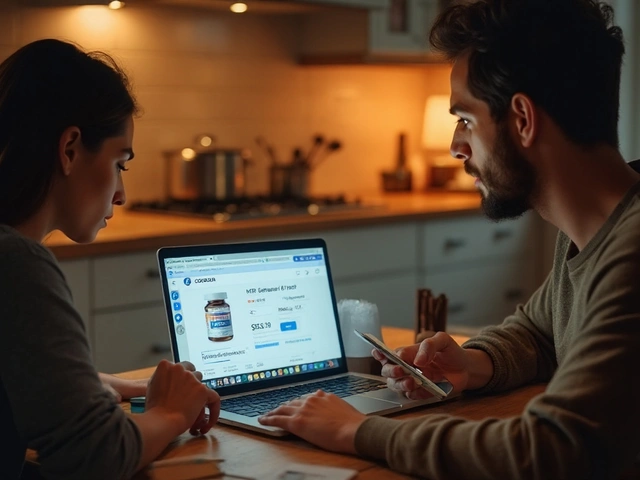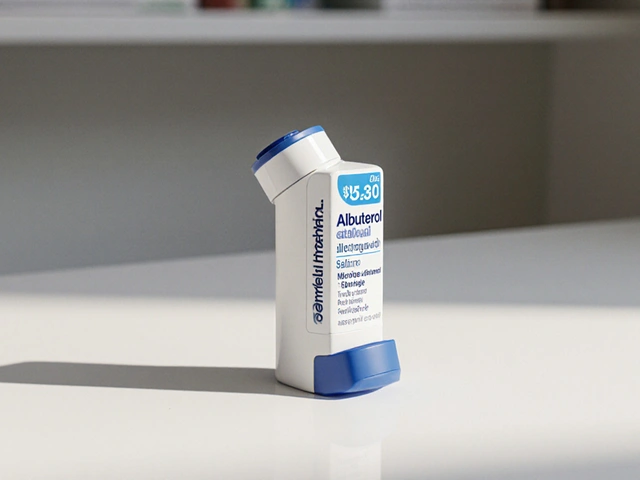Leprosy Explained: Symptoms, Causes, Diagnosis & Treatment Guide
Leprosy, also called Hansen’s disease, is a bacterial infection that mostly affects the skin, nerves and eyes. It’s not as common as it used to be, but many people still wonder how it spreads and what to do if they suspect it. Below you’ll find the basics you need to recognize leprosy early, get the right test, and start effective treatment.
Early Signs and Diagnosis
The first clues often show up on the skin. Look for pale or reddish patches that are numb to touch, or thickened skin that feels dry. Numbness is key – the nerves that carry feeling are being damaged, so a patch that doesn’t feel pain or temperature changes should raise a red flag.
Other common signs include:
- Loss of sensation in fingers, toes or hands.
- Muscle weakness, especially in the hands.
- Eye problems like dryness, blurred vision or a feeling of something in the eye.
- Enlarged nerves that you can feel as thick, rope‑like lumps, usually near the elbows or knees.
If you notice any of these, see a health professional right away. Doctors will take a small skin sample or a nerve biopsy and run a lab test called a slit‑skin smear. The test looks for the bacterium
Mycobacterium leprae. Modern labs can give results quickly, and a confirmed diagnosis lets you start treatment before serious damage sets in.
Treatment and Prevention
Leprosy is curable with a combination of antibiotics known as multidrug therapy (MDT). The World Health Organization recommends a mix of dapsone, rifampicin and clofazimine for six months to a year, depending on the disease’s severity. Taking the full course is crucial; stopping early can let the bacteria linger and cause a relapse.
Side effects are usually mild – skin darkening or a temporary feeling of nausea – but your doctor will monitor you to keep things in check. Most people feel better within weeks of starting MDT, and nerve damage can stop progressing.
Preventing leprosy centers on early detection and reducing exposure. The bacteria spreads through long‑term close contact with an untreated person’s nasal droplets. Wearing a mask in close, indoor settings with an infected person, improving ventilation, and encouraging anyone with symptoms to seek care can cut transmission.
Vaccines for leprosy are still under research, but the BCG vaccine for tuberculosis offers some protection. If you live in an area where leprosy is more common, regular skin checks during routine health visits are a good habit.
Finally, remember that leprosy carries a social stigma that’s not based on science. Once someone is on treatment, they are no longer contagious. Supporting affected individuals with empathy and accurate information helps break myths and encourages others to get tested early.
In short, watch for numb skin patches, get tested promptly, follow the full antibiotic regimen, and practice simple hygiene measures. With these steps, leprosy can be diagnosed early, treated effectively, and kept from spreading. Stay informed, stay safe, and don’t let outdated fears hold you back.
This article delves into the intersection of leprosy and human rights, emphasizing the importance of advocating for equality and dignity for those affected. It explores the historical stigmatization of the disease, the progress in treatment and perception, and the ongoing efforts to uphold the rights of leprosy patients.
Continue reading





